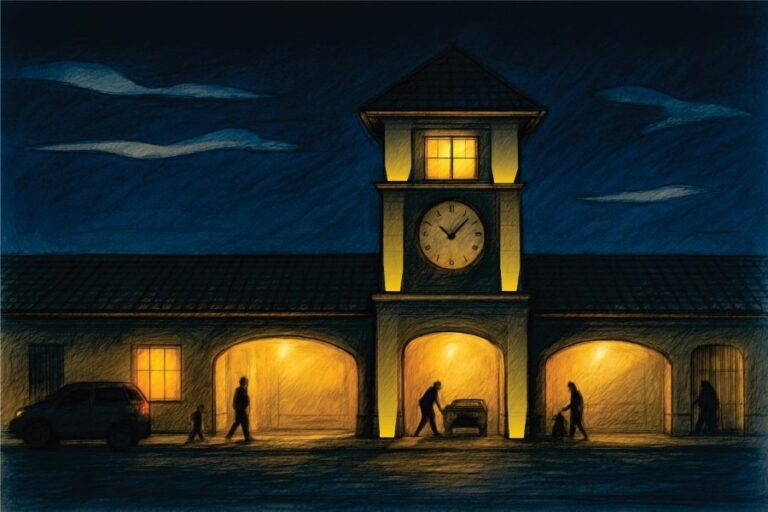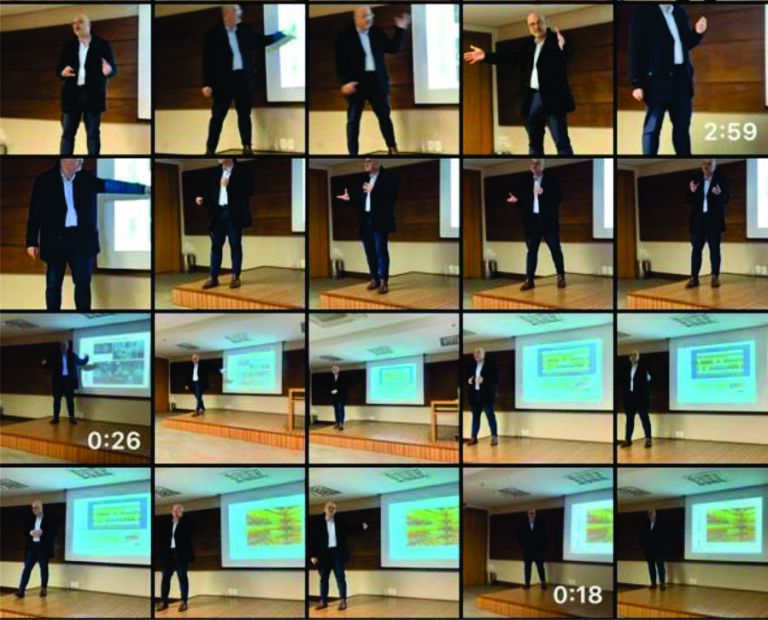Producers Don Simpson and Jerry Bruckheimer wanted to make a high-octane film about an elite school of Navy fighter pilots and fill it with young, handsome actors and exciting aerial photography — and they wanted to do that with real fighter jets.
Now 36 years later we have the continuation of this adventure, we have Chilean Cinematographer Claudio Miranda, Oscar for Best Cinematography for Life of Pi, along with Director Joseph Kosinski who took advantage of the latest advances in digital camera technology, optics and support to elevate the level of flight photography for the film.
I always say that the lighting must accompany the text of the film, this happens here.
Both were faithful to the style of the first film, using a “graded filtering” technique, a kind of blurring of the background of the image, which creates a complex image of light and shadow in the background, increasing the drama. Flight scenes are the best example of this. It is also clear that the lighting on the pilots is two levels above the background, ensuring focus and highlighting the human figure. The number of cameras used on the planes ensured better images and a unique flight experience.
The film has 3 distinct moments of FD development: land/air, on board and air/air.
As in the first film, many deep shadow effects were used, which brings us the insecurity of what is about to happen. Shadows have always brought mystery, it’s a fact!
The cool thing was the use of I-Phones to make improvised animations with miniature airplanes, to explore the best angles.
And then they put numerous cameras inside the plane to capture the actors’ expressions, at this moment, the lighting with greater power in relation to the background, brings the intention of valuing continuous facial expressions, unlike other films in which the moment of an expression, like in film noir.
A film like TOP GUN, which brings in the story high quality pilots, the lighting is very abundant and should focus on the whole of the human figure, and without major contrasts, however, when the human figure is treated in the aspect of relationships between people, and many anxieties appear, the shadow comes! The insecurity that the lack of light brings us, and at this moment we see that the lighting accompanies the film’s moments well. In theory this film has a simpler lighting system, it’s true, but mastering it is another matter! Which was hit here.


